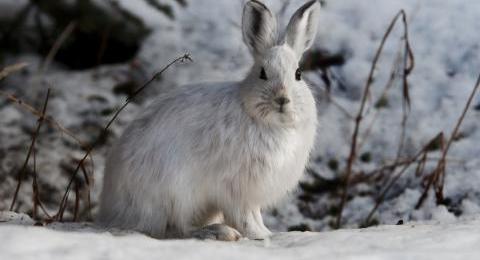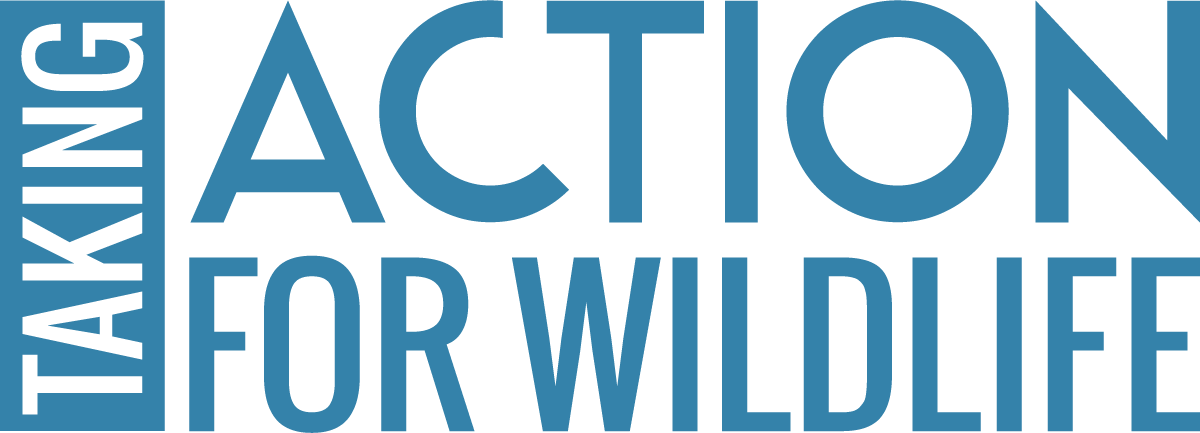SHARE

Climate change is throwing a number of curveballs at NH's wildlife. While rising temperatures often get the most attention, we're also seeing wackier, less predictable weather in general.
Here are a few key ways wildlife are being impacted by climate change:
- Rising water temperatures, especially concerning for fish species associated with cold water, such as brook trout
- Less snow in winter, which especially impacts species like the snowshoe hare, which depend on snowcover
- Shifting seasonaility and phenology (i.e. the timing of seasonal changes, such as flowering, emergence of insects, migration of birds)
- Increased frequency of heavy rain events and storms, which can damage habitats and contribute to more stormwater runoff into water bodies and potential water quality issues
- Increased risk of drought and fire
- Changing distribution of habitat and species composition - this is a slow change, as tree species don't shift their distributions overnight, but we are already seeing evidence of shifts in forest composition, which subsequently can affect the quality of the habitat for wildlife and the types of species the habitat can support
- Increasing pervasiveness of invasive species, pests, and diseases
- Rising seas and ocean acidification in coastal/marine systems
While climate change can seem like an overwhelming issue, there are many actions we all can take to protect both wildlife and people. The first step is to learn more about the expected impacts, so we can figure out how to move forward.

